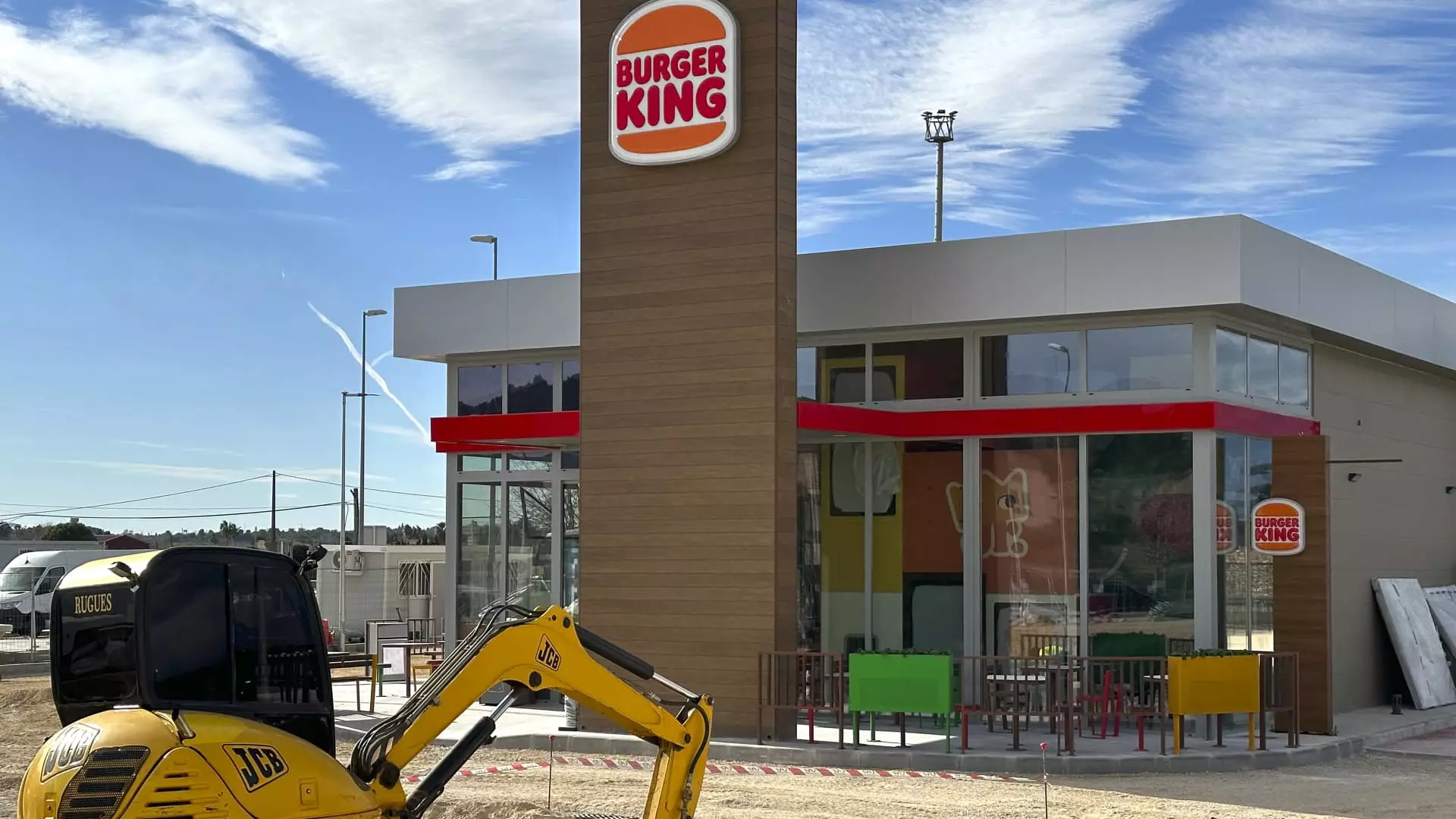Restaurant Brands International (RBI), the parent company of notable fast-food chains such as Burger King, Popeyes, Firehouse Subs, and Tim Hortons, recently unveiled its third-quarter earnings, a presentation that left much to be desired. The company’s results signified a larger issue within the organization: a struggle to meet market expectations. Revenue and earnings per share figures came in lower than analysts had forecasted, reflecting stagnation in a highly competitive environment. Specifically, RBI reported adjusted earnings per share of 93 cents, falling short of the anticipated 95 cents, and revenue of $2.29 billion, which was also below the expected $2.31 billion. Given these results, it was unsurprising that shares took a hit, dropping approximately 2% in early trading.
The growth in same-store sales, a key metric for measuring a retail brand’s performance, was notably underwhelming. Globally, the company’s same-store sales grew minimally by just 0.3% during the quarter, with segments such as Burger King, Firehouse Subs, and Popeyes experiencing declines in their respective domestic markets. This raises serious questions about the effectiveness of current marketing strategies and product offerings, as well as overall brand strength across RBI’s portfolio.
Diving deeper into individual brand performance, the figures reveal a concerning pattern. Burger King, undergoing a significant turnaround strategy in the U.S., reported a small decline of 0.7% in same-store sales. This was disappointing considering analysts had projected stability. Given that consumers are tightening their wallets and prioritizing value over indulgence, the competitive dynamics within the fast-food sector have intensified. Following consumer spending trends, many chains, including Burger King, are embroiled in a value war, focusing their efforts on promotions to maintain traction. However, this focus has impeded the visibility of other marketing initiatives that may have broadened appeal, highlighting an area of strategic oversight.
Popeyes’ reported decline of 4% in same-store sales remarkably deviated from expectations of growth, signifying the brand’s struggle to maintain its market position. The company has attempted to pivot with value-oriented menu items; however, attempts to stimulate traffic through lower price points have not yet yielded the designed effects. Additionally, Firehouse Subs saw a decline of 4.8%, well off predictions of a slight decrease. As the newest brand within RBI, its challenges underscore the difficulties of carving out space in a crowded market while rebuilding its customer base.
On a somewhat brighter note, Tim Hortons distinguished itself as the top performer in the portfolio, generating a 2.3% gain in domestic same-store sales. This was, however, below Wall Street’s expectations of 4.1%. Tim Hortons’ success illustrates the potential of efficient operations, highlighting improvements in service speed and customer traffic, but also serves as a reminder that maintaining momentum in sales growth requires continual innovation and marketing prowess.
Despite the evident headwinds, CEO Josh Kobza expressed cautious optimism regarding the trajectory of the business, particularly with improvements noted in the fourth quarter. Positive shifts in consumer sentiment, bolstered by decreasing gas prices and moderating inflation rates, may bolster same-store sales moving forward. But this optimism must be tempered with the reality that just a few months ago, customer spending was notably weaker.
Intriguingly, RBI also revised its outlook for full-year system-wide sales growth—from a prior estimate of 5.5%-6% down to 5%-5.5%. This downward adjustment raises critical questions regarding the company’s operational strategies and highlights the necessity of rigorous, adaptable business planning in an unpredictable retail landscape.
While RBI is making efforts to recalibrate and respond to a dizzying array of challenges within the fast-food sector, the need for a bold, cohesive strategy has never been more dire. The fluctuating marketplace requires that the company elevate its marketing initiatives, boost customer engagement, and recover from recent disappointments to regain its footing in the competitive landscape of casual dining. Only time will tell if it can effectively execute these much-needed changes.

Leave a Reply